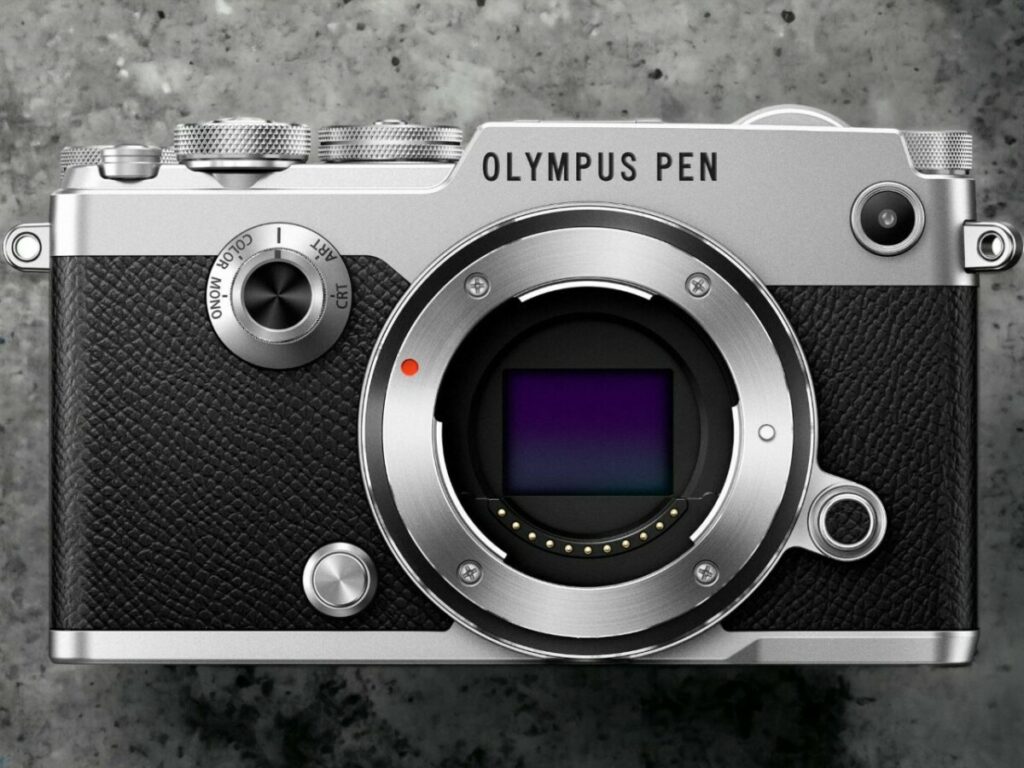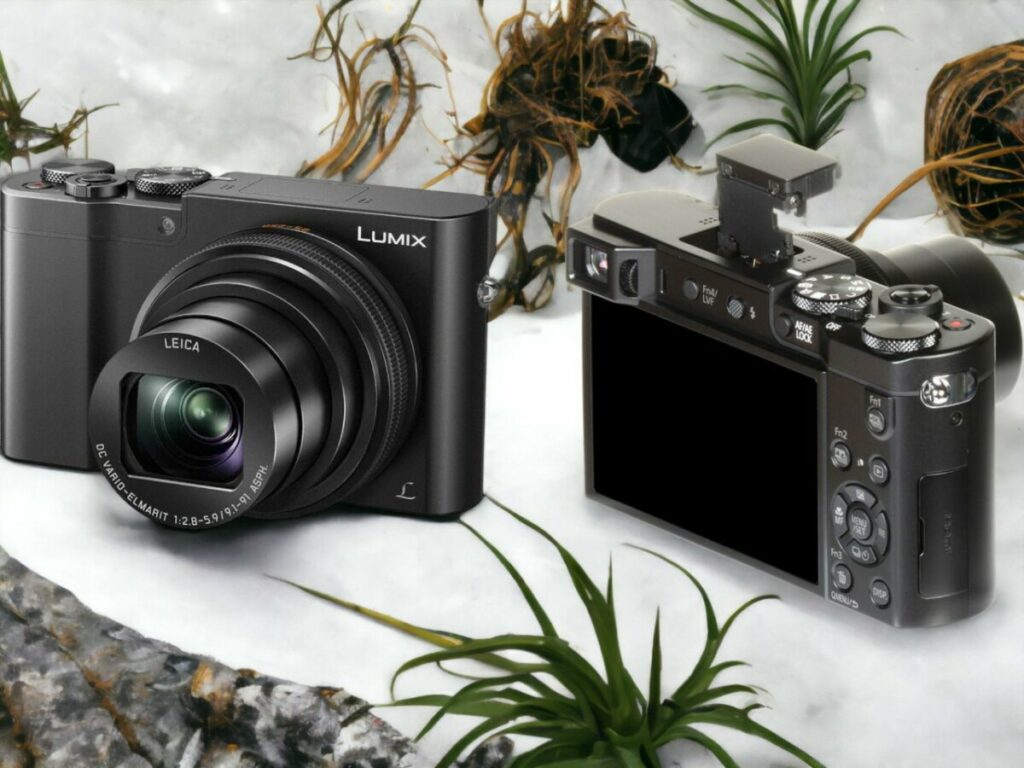
You may have come across this theory making rounds online: flash photography can off fish. But how much of this is fact and how much is fiction? If you’re into underwater photography, it’s super important to know if your snaps are harming the sea creatures you’re trying to capture.
In this article, we’re going to dive deep into some real-deal scientific studies, catch up with a few experts, and get the low-down on how to keep your underwater photography game strong, without messing with the marine life.
Because let’s face it, your love for the deep and the creatures within should never be the reason they’re at risk. So let’s learn how to snap responsibly, and keep the fascination alive without causing any harm.
Can Flash Photography Hurt Fish?
The use of flash can stress and even harm fish, particularly in enclosed environments like aquariums. If you have to photograph fish or other aquatic life, it’s usually best to rely on the available light and steer clear of the flash.
If you’re really looking to unlock the full power of flash photography underwater and see how it can totally transform marine life pics, you’ve gotta get your head around the basics. A real game-changer here is nailing those underwater lighting skills. It’s all about walking that tightrope between natural and artificial light, so you don’t end up with a washed-out pic or some harsh shadows. And don’t even get me started on how important it’s to manage the direction and strength of your flash.
Talking about gear, you’re gonna need some pretty solid stuff. A robust, waterproof camera and a beast of a flash unit are a must. You’ll also need an underwater housing – a lifesaver when it comes to keeping your gear safe. Getting all these, plus a solid understanding of how light plays underwater, and you’re on your way to capturing some truly breathtaking shots without freaking out the marine life. Because let’s not forget, we gotta respect these fragile ecosystems while we’re out there clicking away.
Potential Impact of Flash Photography on Fish Behavior

Hey, you mightn’t have given it a thought, but that flashy camera of yours can seriously mess with a fish’s daily grind. You see, this kind of light pollution throws a ton of stress factors their way. Here’s the lowdown:
- Flash blindness – it’s like a temporary loss of sight, man.
- Messing around with their natural actions like searching for food or getting their romance on.
- Making them easy pickings for predators since they become all confused.
- Playing around with their internal body clocks.
- Stressing them out so much their immune systems take a hit.
And it’s not just a one-time thing, you know. If they keep getting blindsided by the flash, fish might just change their behavior permanently to dodge these stressful experiences.
Scientific Studies on Flash Photography and Marine Life

So, you know how flash photography is all the rage these days? Well, it turns out that it’s more than just a trend. There’s a whole lot of science nerds out there studying its effects on marine life, and let me tell you, the results are mind-blowing.
Take the study on ‘Flash Intensity Effects’ for instance. Here, these brainiacs have been digging into how different levels of flash intensity mess with our ocean friends. Turns out, high-intensity flash can actually leave some of them temporarily blind. Crazy, right?
Then there’s the ‘Light Spectrum Analysis’, where they play around with different light wavelengths to see how marine life reacts. The early results are showing that some sea critters might be more sensitive to certain light spectrums than others. So, yeah, not all light is created equal, at least not for them.
At the end of the day, it’s pretty clear that flash photography does more than just make our underwater photos look cool. It’s got some real effects on marine life. But like any good science, there’s always more to learn. So, while it’s a start, there’s definitely more digging to be done to get the full picture.
Ethical Considerations for Underwater Photography
Given the research out there, it’s super important that you’re clued in on a few ethical aspects when it comes to underwater photography. It’s all about being aware of how your actions can potentially mess with marine life.
So, here’s the lowdown on how to keep things cool when you’re snapping away underwater:
- First, show some respect to marine life and their homes. They were there first, after all.
- Keep your hands to yourself – messing with marine organisms can really screw up those fragile underwater ecosystems.
- If your flash is gonna freak out the fish, maybe skip it. No need to stress out the locals.
- Use your mad photography skills to do some good – like promoting Marine Conservation.
- Make sure you’re playing by the rules, too. Local laws and regs related to underwater photography exist for a reason.
Remember, it’s not just about following the rules – it’s about understanding and respecting the underwater world you’re stepping into.
Let’s use our underwater photography skills for good, not harm. Sounds like a plan, right?
Tips for Responsible Underwater Photography Practices

Ready to take a deep dive into some tips and tricks to level up your underwater photography game, all while keeping it eco-friendly? First things first, you’ve got to consider the environmental footprint you’re leaving. It’s a no-brainer; just don’t touch or mess with the marine life or their homes. Instead, get those sick shots of them doing their thing in their natural habitat.
Now, let’s talk gear. You want to go for stuff that’s light on light pollution. Think diffusers or filters; they’re great at reducing the harsh impacts on our underwater buddies. And while we’re on the topic of gear, you gotta make sure it’s in top-notch condition. You definitely don’t want to accidentally trash the ocean because of some faulty equipment. So, keep your gear secure, don’t let it get lost; we don’t need any more hazards for marine life.
Now, onto the legal stuff. Respect the local laws and guidelines, folks. Some places might’ve a no-go on flash photography because it can mess with the fish and other sea critters. Remember, your actions can make a huge difference in the marine world, for better or worse. So, let’s keep it cool and be responsible when we’re snapping shots underwater.
Let’s Wrap it Up, Photography Lovers!
So, still questioning, can I use ring light for food photography after our in-depth discussion on whether flash photography can kill fish? Well, let me drop in a quick reminder. Ring lights are like the magic wand in food photography, creating mesmerizing images that are hard to ignore. They offer a significant advantage, especially when it comes to capturing those macro details and illuminating the texture of your food in a way that daylight may not fully provide.
Now, if you are fancying around asking can you become rich with photography, let’s be real here. Like any other profession, photography can also bring you lots of moolah. It’s not a cakewalk though; it requires the right passion, skills, and a unique vision that can set you apart from the crowd. So get out there, start clicking, and let your pictures do the talking.
Also, a major shoutout to everyone who’s wondering can you do macro photography without a macro lens, well, guess what? Even though macro lenses are cool and all, they don’t own the show. You can take up-close pictures without them too. All you need is a bit of creativity and a good grasp on your camera settings. So yeah, you can step into the world of tiny wonders even without owning a macro lens, pretty dope, right?
Hope this twilight chat about various aspects of photography has cleared some of your myths related to it. Remember, the best camera is the one you’ve got. Go ahead, explore, experiment, and keep snapping!

Wedding Photographer
From nature to urban landscapes, my camera is my tool for expressing my creativity and telling stories through my lens.



